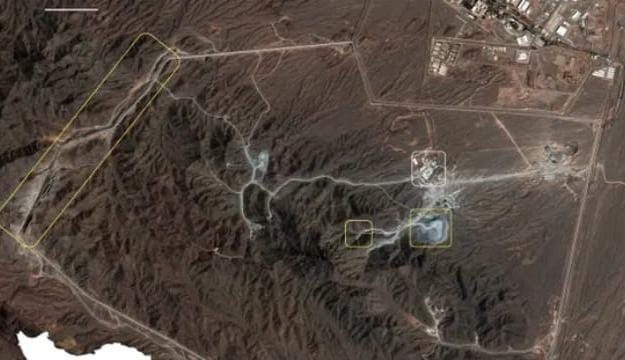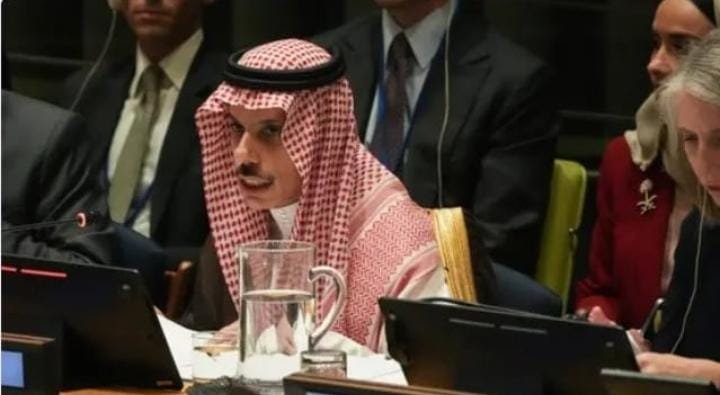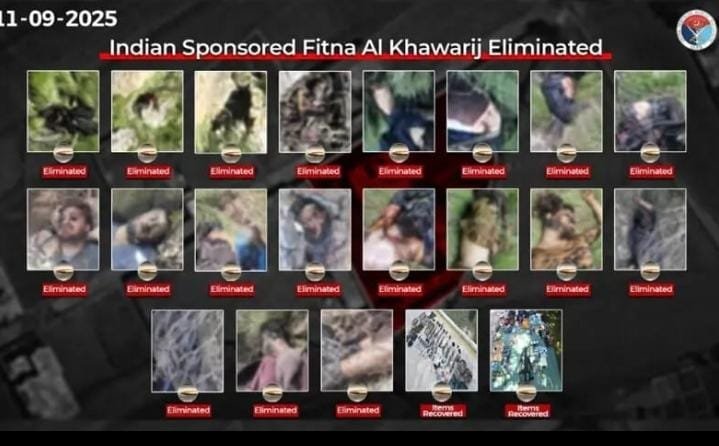Satellite images suggest Iran expanding secretive nuclear site near Natanz
Tehran,— New satellite imagery indicates Iran is accelerating construction at a secretive site dug deep into the Zagros mountains, roughly one mile south of the Natanz nuclear complex, which was targeted in U.S.-Israeli attacks earlier this year, The Washington Post reported. The underground facility, known as “Pekix Mountain,” shows signs of heavy excavation, fortified tunnel…
Tehran,— New satellite imagery indicates Iran is accelerating construction at a secretive site dug deep into the Zagros mountains, roughly one mile south of the Natanz nuclear complex, which was targeted in U.S.-Israeli attacks earlier this year, The Washington Post reported.
The underground facility, known as “Pekix Mountain,” shows signs of heavy excavation, fortified tunnel entrances, and new perimeter walls, analysts say. Trucks and earth-moving equipment have been visible since June, suggesting continuous expansion.
According to the Institute for Science and International Security, the tunnels appear deeper than those at Fordow, a facility previously hit by U.S. bombs. Experts believe the depth and scale raise questions about whether the site could be used for advanced uranium enrichment or storage of highly enriched material.
Iran maintains the construction is aimed at housing centrifuge assembly lines destroyed in past sabotage attacks. However, non-proliferation analysts caution that its secrecy and fortification suggest preparations for more sensitive nuclear activities.
International inspectors have not been granted access to the site, fueling further speculation. Meanwhile, U.S. President Donald Trump reiterated that Washington would “never allow Iran to obtain nuclear weapons” and warned of potential new strikes if enrichment resumes at higher levels. Israel’s defense minister also threatened additional military options to halt Tehran’s nuclear and missile programs.
Iran’s leadership remains divided: President Masoud Pezeshkian has called for diplomacy, warning that reconstruction could invite further strikes, while hardliners argue that the nuclear program must continue regardless of Western pressure. Supreme Leader Ayatollah Ali Khamenei has insisted that the final say on nuclear policy rests with him.
Analysts warn Iran may no longer seek to rebuild large-scale facilities like Natanz or Isfahan, instead opting for smaller, more concealed operations that would make detection and targeting significantly harder.





